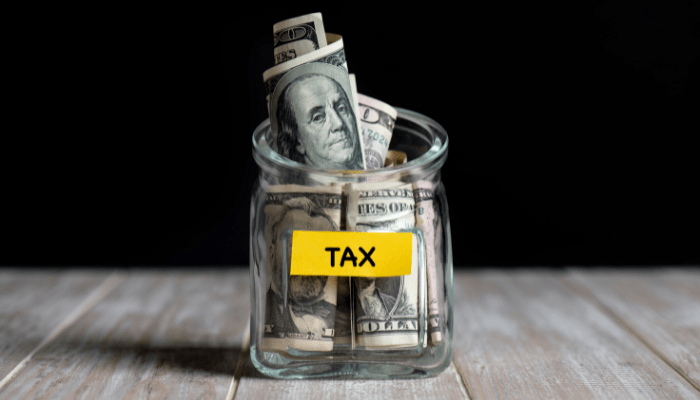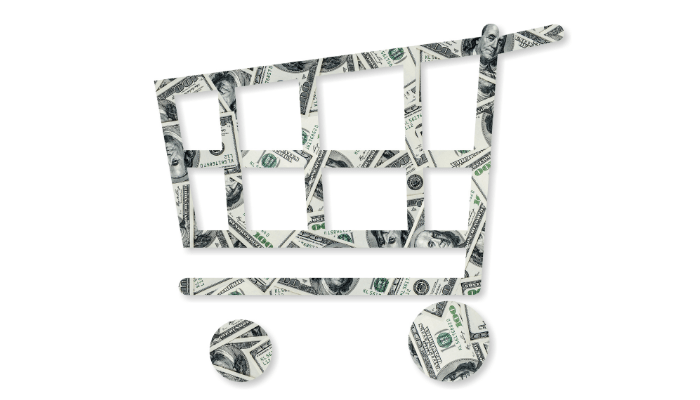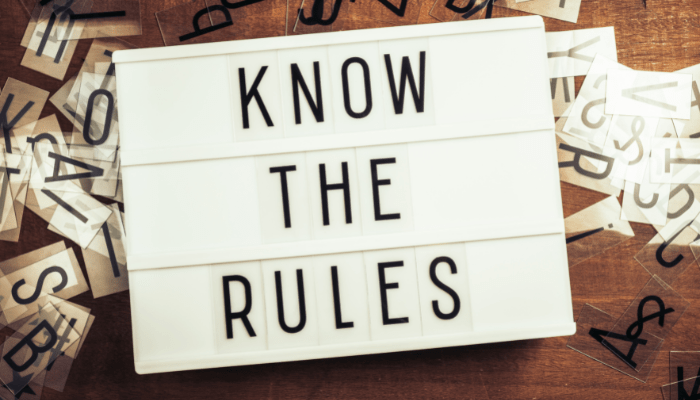A guide to Shopify sales tax
Financial Solutions
November 22, 2022
If you’re starting an eCommerce business or already have a brick-and-mortar store, choosing the ideal eCommerce platform might be challenging if you’re establishing an online store or want to grow an existing brick-and-mortar operation online. An emphasis on good bookkeeping, will ensure accurate records resulting in timely tax preparation. Also, having accurate records help us plan financially how to best invest our next dollar.
The “granddaddy” of user-friendly e-commerce platforms, Shopify, has various tools that let you run and expand your company from a single location. The best characteristics include the following:
- System for managing customer relationships (CRM)
- Payment processing that is simple
- Hosting that is integrated
- Online storefront customization
- Detailed reporting and analytics
- Inventory control

Does Shopify file or remit sales tax on Shopify orders on your behalf?
No, Shopify does not remit sales tax on Shopify orders on your behalf. It is important to note that Shopify is an e-commerce platform along with Squarespace and Square, whereas platforms such as Amazon, eBay, Walmart, etc., are marketplace platforms. When it comes to sales tax, a Marketplace Platform will collect and remit sales tax on your behalf. However, an e-commerce platform will generate reports, and the onus lies upon you, the Business Owner, to properly remit sales tax payments to the correct sales taxing agencies.
The business owner should therefore register their firm with the local or federal tax authority to manage sales tax. The computations and reports offered by Shopify should help ease the filing and paying of taxes.
To ensure that you are assessing and collecting the correct sales tax amounts from your customers, filing the taxes accurately, and paying the sales taxes appropriately, always get advice from a local tax agency or a tax accountant. Even though Shopify sales tax reports increases the accuracy of sales tax calculations, the following characteristics exist and must be factored:
- Product categories improve tax calculation accuracy and reduce the need for tax overrides.
- Customers are shown an estimated tax calculation during the checkout process. The final tax amount is calculated and charged to the customer once the checkout process is completed.
- Tax liability insights are available to determine where stores have nexus.

How do payment processors work?
When a customer goes to purchase an item at your Shopify store, they’ll be redirected to the payment processor’s site to complete the transaction.
In exchange for processing the payment, the processor will take a small fee for facilitating the payment on your behalf. The balance of the funds will be deposited directly into your bank account that you have linked with your payment processor.
It’s important to note that you, the Shopify Business Owner, will need to set up a merchant account with the payment processor and link your business bank account before you can start using a payment processor.

How does sales tax work for Shopify orders?
You may have to charge taxes to your customers’ purchases as a business owner, report the taxes to the local tax agencies, and remit them as required.
Shopify automatically collect sales taxes, despite the complex and regular changes in tax rules and regulations. You can also set up tax overrides to address unique tax rules and situations.
Shopify uses a variety of default sales tax rates that need frequent adjustments. If you utilize the default rates, be sure they are up-to-date and appropriate for your particular situation. You are always free to override them.

How to organize Shopify to collect sales tax?
Setting up a Shopify store to appropriately collect sales tax can more involved than you might have originally anticipated. But the fundamental actions that we suggest you perform are as follows:
- Indicate where Shopify should collect sales tax.
- Specify to Shopify which items need to be taxed.
- Indicate your warehouse location(s).
- Add details for clients who do not pay sales tax.

Specify to Shopify which items need to be taxed
Shopify needs to recognize which items in your store you want to collect sales tax for. Not all goods are subject to taxes in your Shopify business. For instance, gift cards shouldn’t be subject to sales tax.
Moreover, each state has its own rules. In New York, for example, specific clothing and footwear priced less than $110 per item are tax-free. Likewise, specific boots, caps, hats, jackets, coats, snowmobile suits, etc., are not taxable in Minnesota.
As a result, you must research if your products are taxable for each state where you do business. Either perform an internet search or contact a sales tax specialist to help you understand this complex issue.

What is nexus?
A nexus is an association or connection between at least two entities. For example, it is a relationship in charge of regulation between a taxing authority, like a state, and a business.
Before a taxing authority can demand an tax on a venture, a nexus should exist, and it should be a significant connection between the taxing authority and the business.
Here are a few good instances of nexus that some states would classify as reason to collect sales from a Shopify Store Owner.
- When the store owner has a spot of appropriation, i.e. when the goods are transferred between their test room or distribution center or stockpiling warehouse, or another business environment, and this location falls under the jurisdiction of that particular state.
- When the store owner has a temporary or ongoing representative, agent, salesman, canvasser, or warehouse manager or worker working in this state on behalf of the retailer or a subsidiary.
- Any store owner who doesn’t have an actual area in this state should submit taxes if the Store Owner fulfills one or both of the accompanying circumstances:
a) The store owner sold products in this state in excess of 200 different transactions
b) The store owner sold products in this state, and had gross sales that surpassed $100,000.
c) Note: Each state has different dollar as well as number of sales transaction threshold to determine when sales tax filing is required.
How do I determine whether I have sales tax nexus?
There are two types of nexus:
Physical Nexus: Is defined as be present in a state physically. In greater detail this entails that your Shopify store has an actual presence in the state, like an office, a warehouse, proprietors, or even representatives (salesmen, area representative, etc.).
Economic Nexus: Is defined as being based in one state but you are selling your products to another state and meet their threshold requirements either in number of sales or in dollar value. In greater detail this entails that your Shopify store meets a specific number of sales or gross receipts that meet or exceed the threshold requirements for a particular state. Economic thresholds vary by state and begin at $100,000 in annual sales and 200 in annual sales transactions. There is no physical presence required to meet the economic nexus definition.
It’s essential to comprehend that deciding your sales tax obligations is not a one time activity; state regulations can change, and your business might incur one or both of the nexuses in new states as it grows.
As a Shopify Store owner, having an online business and selling to customers all over the US, it is important to keep tabs with the ever changing sales tax rules for your state as well as your customers state(s) to avoid being hit with surprise tax bills.
Economic nexus is triggered based on either monetary threshold or transaction threshold.
Download this free PDF guide to economic nexus thresholds for sales tax
Note: To further complicate the matter, each State has its own nexus rules that may be revised when deemed necessary by that State.
Understanding physical nexus in the context of sales tax
If you as a Shopify Store owner are wondering which state(s) you have a nexus connection with, consider your physical presence first. For example, if your business is based in Illinois, you automatically have a sales tax nexus there.
Here are some other scenarios that frequently result in sales tax nexus based on physical presence:
- Having a physical presence in the state
- Having a worker, such as a temporary or ongoing representative, agent, salesman, canvasser, or warehouse manager or worker working in the state
- Having your inventory stored in the state, including inventory stored in a third-party warehouse
- Participating and making sales in a trade show in the state
- Making in-person sales calls throughout the state
- Carrying out services or repairs in the state
- Having a business affiliate relationship in the state
Each state has its own set of rules and minimum thresholds for each of these activities.

Understanding the Economic Nexus
Credit and debit cards are vastly used payment methods when it comes to online purchases. Therefore, you’ll need to make sure that the processor you choose can accept all of the types of credit cards, such as VISA, Mastercard, Discover, American Express, etc. as a form of payment.Even if you have no physical presence in a state, your economic presence may be sufficient to trigger a sales tax nexus.
Where your customers live and how much you sell to customers in each state determines your economic nexus. For example, if you sell $100,000 in products to an Illinois customer, you may be subject to Illinois sales and use tax laws.
Economic nexus is a relatively new concept, having emerged with the landmark Supreme Court case South Dakota v. Wayfair in 2018. Before the advent of online shopping, a company’s sales and use tax obligations were solely determined by its physical location. However, the Supreme Court ruled in Wayfair case that South Dakota could require Wayfair, a significant eCommerce retailer, to collect and remit sales tax despite its out-of-state location.
This decision paved the way for other states to follow suit. As a result, almost every state in America has a sales tax threshold based on economic nexus.
For many states, the threshold is set at $100,000 in sales or 200 transactions per year, which means you’ll be subject to the state’s sales and use tax laws if you sell at least $100,000 worth of products to customers in the state OR have at least 200 transactions selling to customers in the state.
Note: Each state has its own threshold for economic nexus. You should only register once you meet the economic nexus threshold in a state. They also have different rules for determining which transactions to include in your calculations, depending on whether they are gross sales, retail sales, sales of taxable items, or sales of services.

Conclusion
As a Shopify Business, please remember that you are obligated to collect and remit sales taxes payment for Shopify sales you make. The Shopify Business owner will collect the customer’s sales tax and then remit the money to the appropriate state. Failure to collect and remit the sales tax would result in penalties and interest that you, as a Shopify Business owner will be obligated to pay to the appropriate sales tax agency.
Sales tax is a complex topic that requires an expert that is knowledgeable and proficient in sales tax law and can assist you in meeting your sales tax obligations. At Financial Solutions, Inc. we assist Shopify business owners find the right solution after understanding their unique sales tax challenges so that they can remain sales tax compliant.
You Shopify we Bookify!! ®
Recent Posts
Have Any Question?
Amazing Financial Solutions
Lihue, Hawaii, 96766v
